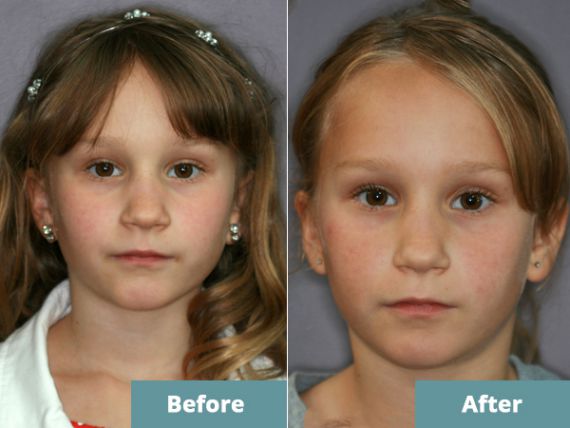An excellent option for children …
The primary reason children are ideal candidates for facial growth orthodontics is that they are still growing! This growth can be managed to ensure proper development, which can reduce the potential for smile and bite issues in the future.
Facial growth orthodontics is an excellent option for treating children living with craniofacial imbalances and jaw development problems, because instead of remodeling the jaw, the growth appliances used during treatment facilitate proper growth and development.
Early intervention is key!
If you wait to treat craniofacial development issues or mid-face deficiencies, the growth-guidance benefits of facial growth orthodontics could be reduced. In short, although facial growth orthodontics can benefit individuals of any age, early intervention is best. Schedule your consultation today!
Symptoms / Characteristics
Children who can benefit from facial growth orthodontics may have symptoms or characteristics such as:
- Mid-face deficiencies
- Over- or underdeveloped jaws (crossbite, overbite or underbite)
- Mouth breathing/open mouth posture
- Enlarged tonsils and adenoids
- Chronic allergies
- Tongue-tie and poor tongue habits/oral rest posture
- Sleep apnea
Using Facial Growth Orthodontics to treat these issues also means that the mouth can be guided to accommodate adult teeth that have yet to come in.




